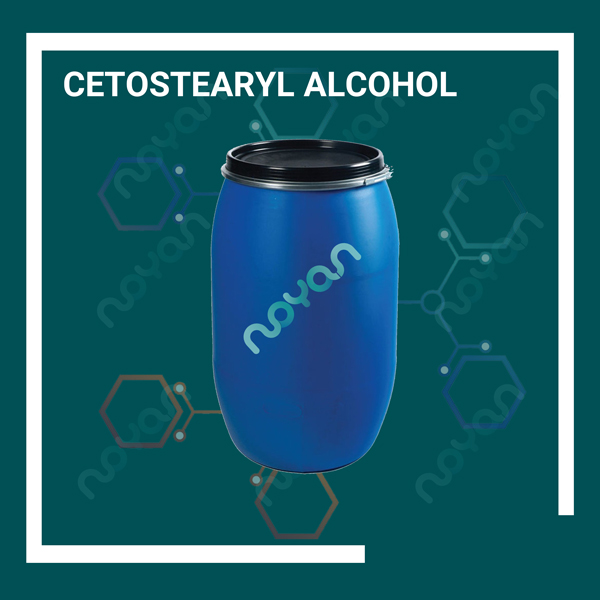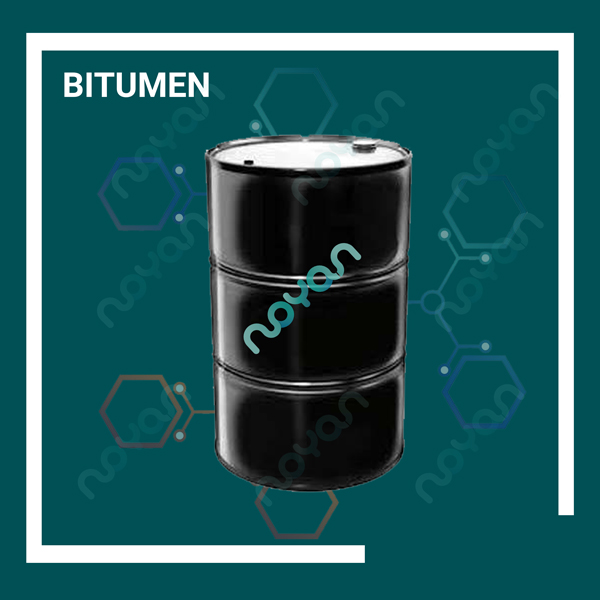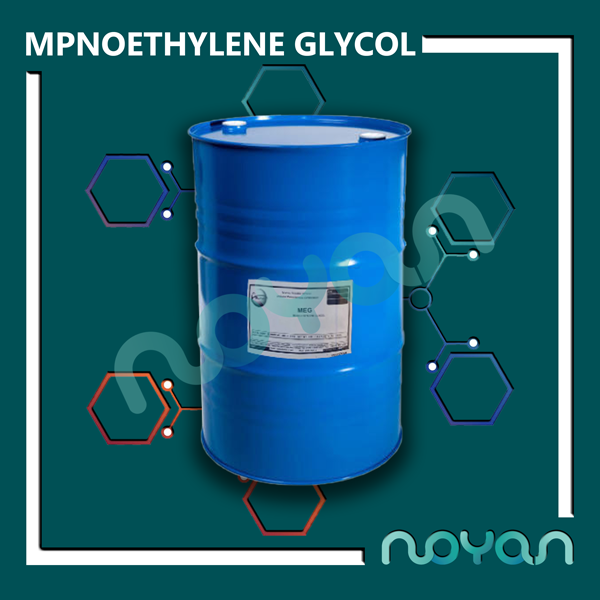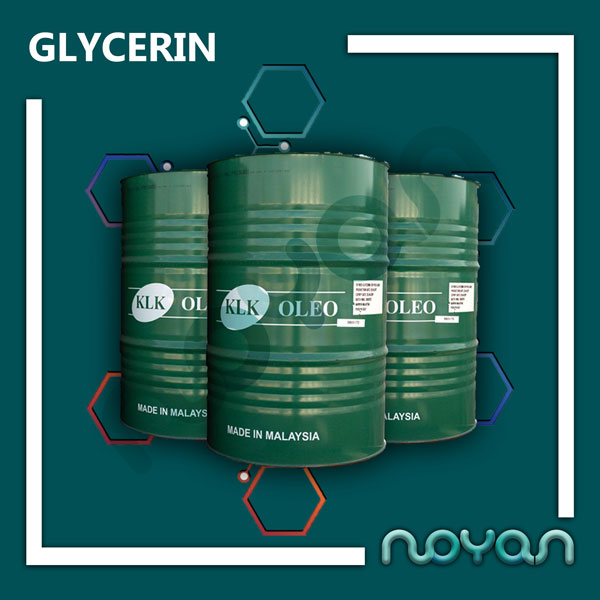Cetostearyl alcohol
If you have ever used lotions, shampoos or conditioners, you may have noticed that they contain a chemical called stearyl alcohol.
The good news is that this fatty alcohol is not “bad” for your skin and hair. Most importantly, stearyl alcohol is very different from regular alcohols such as ethanol.
As a health-conscious consumer, you are probably always looking for skin and hair care products that do not contain harmful substances.
Fortunately, the Food and Drug Administration (FDA) requires manufacturers to list the ingredients on the product label so that you can make an informed decision about the products you choose to place your body or body.
Name: Stearyl alcohol
Technical Specifications Appearance: Matte white powder
Odor: Specific fat
Solubility: oil
Melting point: 132F to 138F
Storage: Cold, sealed, without moisture
What is stearyl alcohol?
Stearyl alcohol is a pure and natural fatty alcohol from the fatty acids of coconut oil. Fatty alcohols are not at all like what you think of alcohol, they are not made from oil or even natural distilled grains (such as ethanol, methanol).
Instead, NF sterile alcohol and other fatty alcohols are very moisturizing for the skin.
This substance gradually adds moisture to the skin and makes the moisture stay in the skin for a long time.
Stearyl alcohol can be useful in your emulsions and in the formulation of skin hydrating products.
NF stearyl alcohol is one of the most widely used natural fatty alcohols, often used as the sole conditioner in natural creams or conditioners.
Because it improves the moisturizer enough and improves the wet and dry washing.
Staryl alcohol is a natural and easy-to-use natural rheological modifier that improves the texture of all formulations containing the oil phase.
It is also commonly used as a natural thickener, which uses emulsion stability for performance as an emulsifier and is compatible with almost all common cosmetics.
Properties
This material is easier to use because it does not affect the pH of the system. Its shape is white granules or flakes and does not dissolve in water.
It has a wide range of applications as a substance in lubricants, resins, perfumes and cosmetics.
It is used in ointments as a conditioner, emulsifier and thickener, and is widely used as a hair conditioner in shampoos and hair conditioners.
Stearyl hepanoate, stearyl alcohol ester and heptanoic acid (anantic acid) are found in most cosmetic eyeliners.
This fatty alcohol also acts as a vapor barrier when using the water surface.
Stearyl alcohol is made from stearic acid or some catalytic hydrogenation fats and has very low toxicity. It is actually obtained from a natural fatty acid.
Applications of stearyl alcohol
Stearyl alcohol and other fatty alcohols are very moisturizing for the skin, which helps to retain natural moisture on the skin surface and gives the skin a soft and delicate feeling.
Stearyl alcohol can be added to the product using emulsions and drinking water formulas to increase the concentration.
Stearyl alcohol is one of the most common natural fatty alcohols, often used as the main agent in natural cleansers or hair conditioners, because it is sufficiently moisturizing.
This fatty alcohol is commonly used as a natural thickener and improves emulsion stability as an emulsifier.
It is compatible with almost all ingredients in regular cosmetics.
These compounds form stable emulsions that do not break easily.
These compounds form a thin layer of oil on the hair, which causes less moisture to escape from the hair and causes more light reflection and shine.
It is also used as a emollient and emulsifier in medicines.
Products with stearyl alcohol
• Skin lotions
• Humidifier
• Skin creams
• Sunscreen
• Shampoo
• Deodorant
• Hair removal creams
• Hair cream
• hair color
• mascara
You may have heard that you should avoid hair and skin products that contain alcohol. This is because many alcohols, such as ethanol or rubbing alcohol, can be very dry.
Safety
Applying alcohol to your skin and hair can lead to itching, flaking and peeling of the skin.
In fact, alcohols are present in products such as hand sanitizers because of their quick-drying and firming ability.
However, fatty alcohols, such as stearyl alcohol, do not have the same effect on other alcohols due to their chemical structure.
The chemical composition of this alcohol is different from the more well-known alcohols.
In stearyl alcohol, the alcohol group (-OH) is attached to a very long chain of hydrocarbons (fats).
This property allows fatty alcohols to trap water and gives the skin a soothing feeling.
Chemicals that rejuvenate the skin are called soothing agents. They work by forming an oily layer on top of the skin to keep moisture out.
A panel of cosmetic experts (CIR) has concluded that fatty alcohols, including stearyl alcohol, are safe for use in cosmetics.
In clinical trials, stearyl alcohol was non-toxic and non-mutagenic.
A mutant is a chemical that changes your DNA.
DNA changes can cause some diseases, such as cancer.
It was also found not to irritate the skin.
According to FDA Trusted Source, even “alcohol-free” cosmetics are allowed to contain stearyl alcohol and other fatty alcohols.
It is also on the FDA list of safe food additives.
Like many skin care products, there is a small chance of an allergic reaction to stearyl alcohol.
A 2007 study confirmed five cases of allergy to this alcohol, but reactions to other chemical allergens occurred in all of them.





